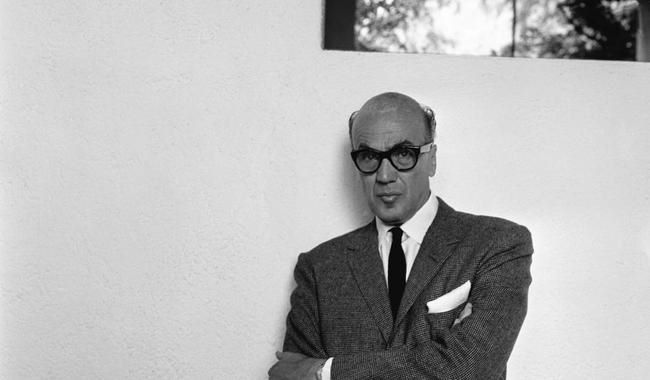Luis Barragán: The Visionary Architect Who Redefined Mexican Modernism
Discover the life and work of Luis Barragán, the renowned Mexican architect who redefined modernism with his innovative use of color, light, and space. Learn about his enduring legacy and explore the UNESCO World Heritage Site of the Luis Barragán House-Workshop.





